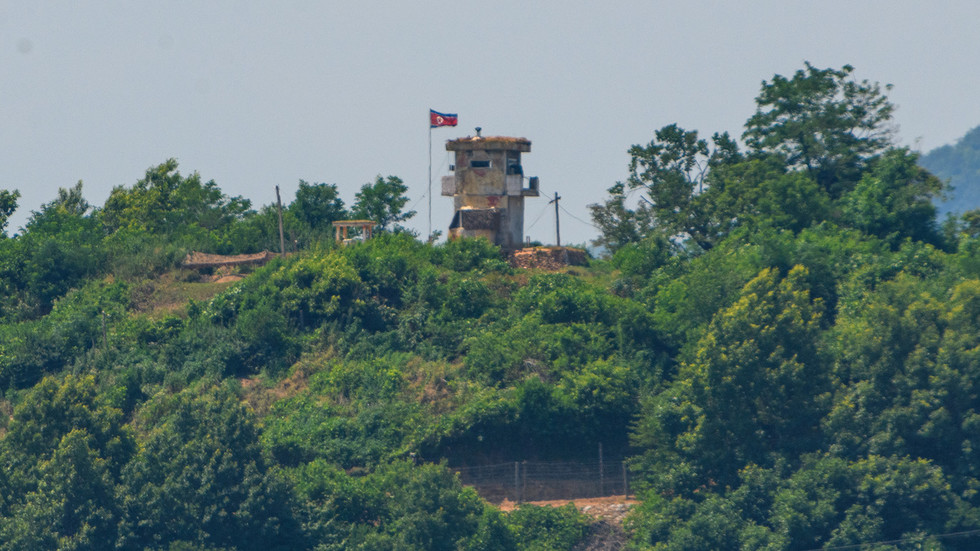Politics|U.S. Stealth Bombers Attack Houthi Weapons Caches in Yemen
https://www.nytimes.com/2024/10/17/us/politics/houthis-strike-stealth-bombers.html
You have a preview view of this article while we are checking your access. When we have confirmed access, the full article content will load.
Air Force B-2 bombers struck five underground weapons facilities in what may be a signal from the Biden administration to Iran.

Oct. 17, 2024, 1:26 a.m. ET
The U.S. military struck five underground weapons facilities in areas of Yemen controlled by the Iranian-backed Houthi militia on Wednesday, using warplanes that included B-2 stealth bombers in an attack that could also serve as a warning to Tehran.
Defense Secretary Lloyd J. Austin III said President Biden had ordered the strikes to “further degrade the Houthis’ capability” to attack ships and disrupt the flow of commerce in the Red Sea and the Gulf of Aden. Mr. Austin made no mention of Iran, but the rare use of the B-2, the only plane capable of striking Iran’s deeply buried nuclear facilities, against the Houthis was notable at a time of tensions between Israel and Iran that threaten to spill into full-blown war.
“This was a unique demonstration of the United States’ ability to target facilities that our adversaries seek to keep out of reach, no matter how deeply buried underground, hardened or fortified,” Mr. Austin said in a statement late Wednesday night. “The employment of U.S. Air Force B-2 Spirit long-range stealth bombers demonstrate U.S. global strike capabilities to take action against these targets when necessary, anytime, anywhere.”
A statement from U.S. Central Command on Wednesday night said that U.S. Navy “assets” also took part in the attack, which the unit, based in Tampa, Fla., said was launched against “various advanced conventional weapons used to target U.S. and international military and civilian vessels navigating international waters.”
Attacking so-called hardened buried sites generally requires the use of specially built bombs that have much thicker steel cases and contain a smaller amount of explosives than similarly sized general-purpose bombs. The heavy casings of such “bunker buster” bombs allows the munition to stay intact as it punches through soil, rock or concrete before detonating.
The B-2 is the only warplane that can carry the largest of this class of weapon in the Pentagon’s inventory: A 30,000-pound GPS-guided munition called the GBU-57 Massive Ordnance Penetrator, or MOP, that contains the equivalent of about 5,600 pounds of TNT. A Pentagon spokesman declined to say whether that weapon was used in the attack on Wednesday.

 By The New York Times (World News) | Created at 2024-10-17 05:30:09 | Updated at 2024-10-17 07:30:06
2 hours ago
By The New York Times (World News) | Created at 2024-10-17 05:30:09 | Updated at 2024-10-17 07:30:06
2 hours ago




